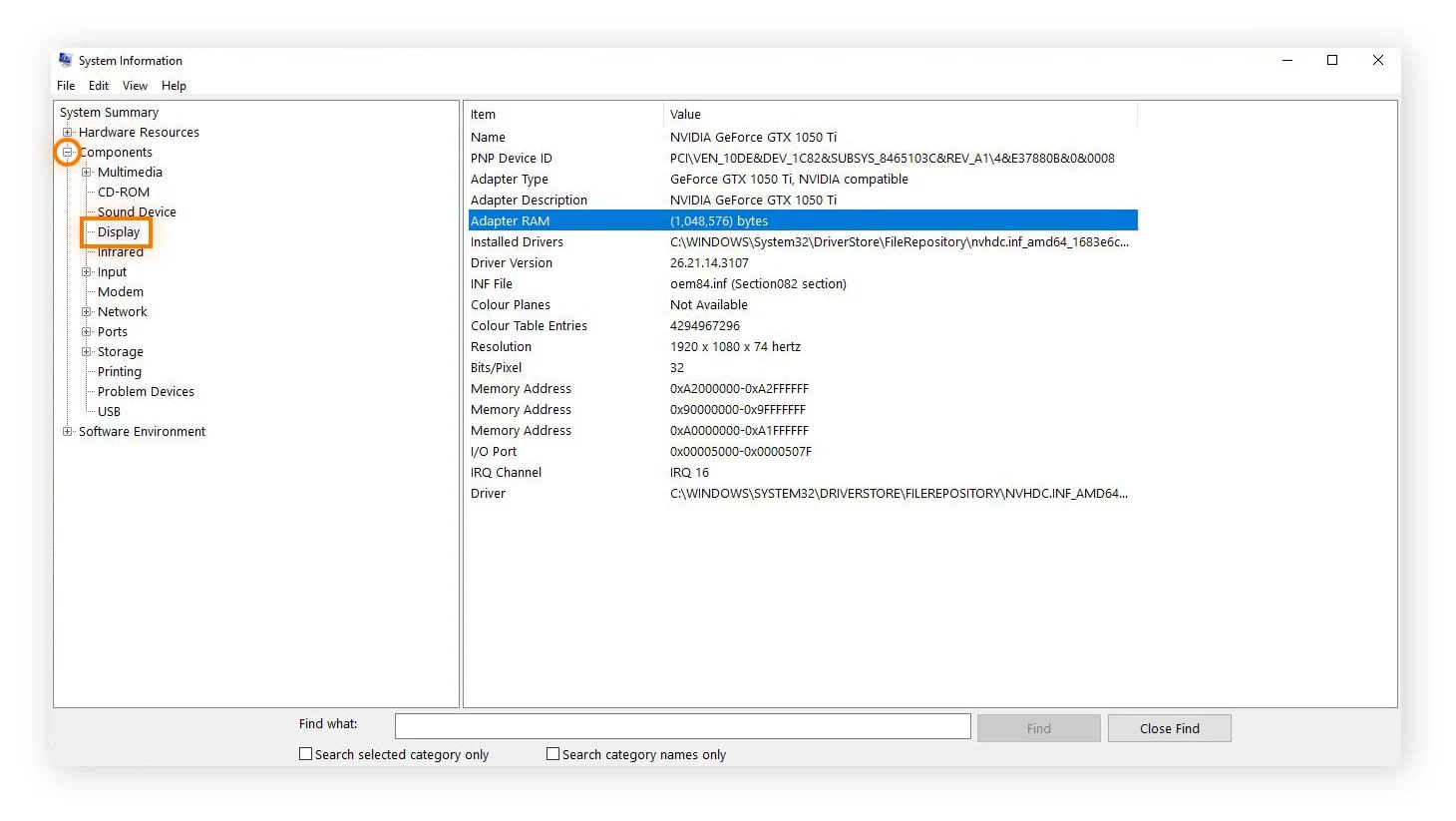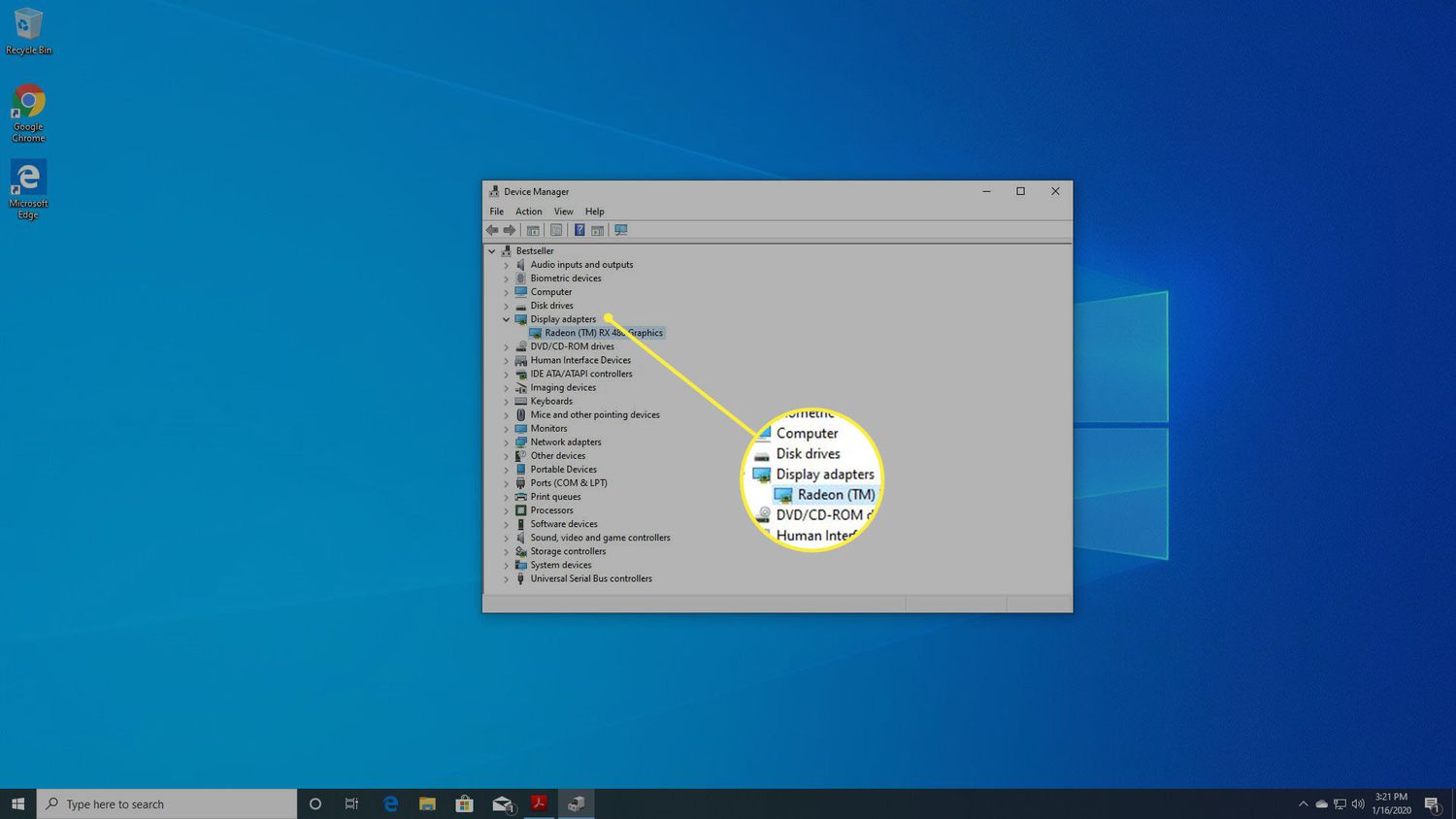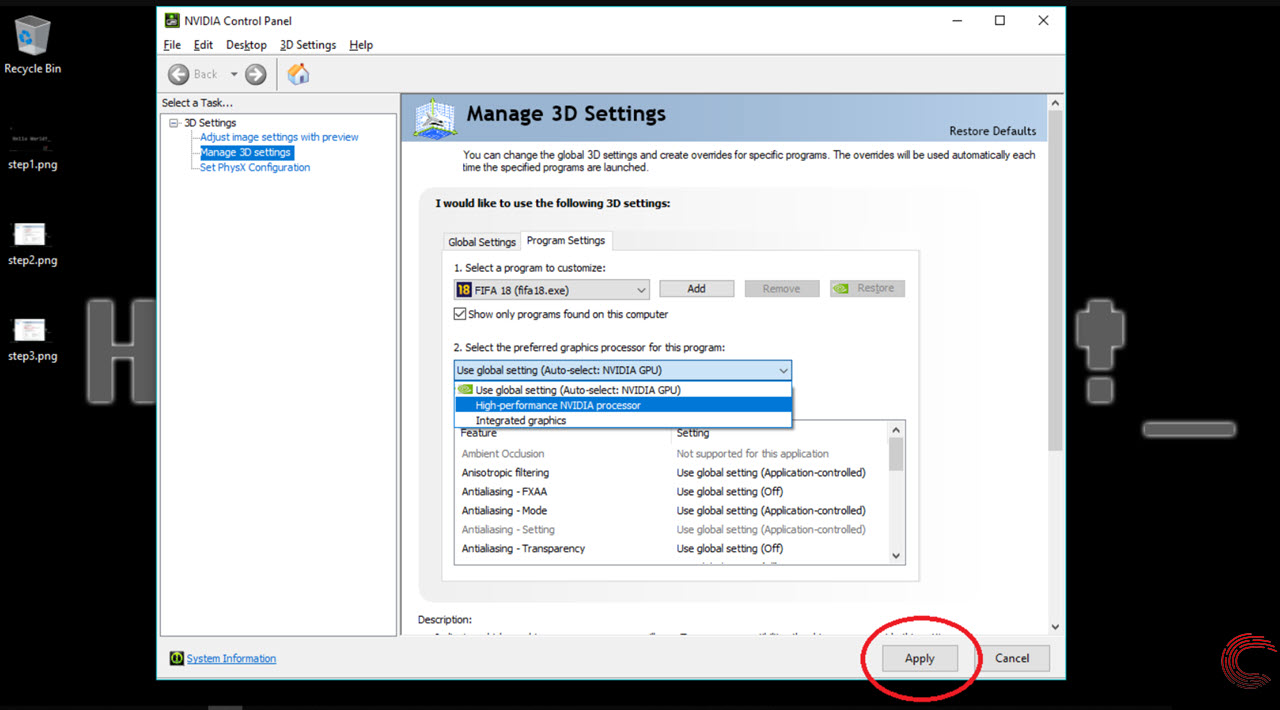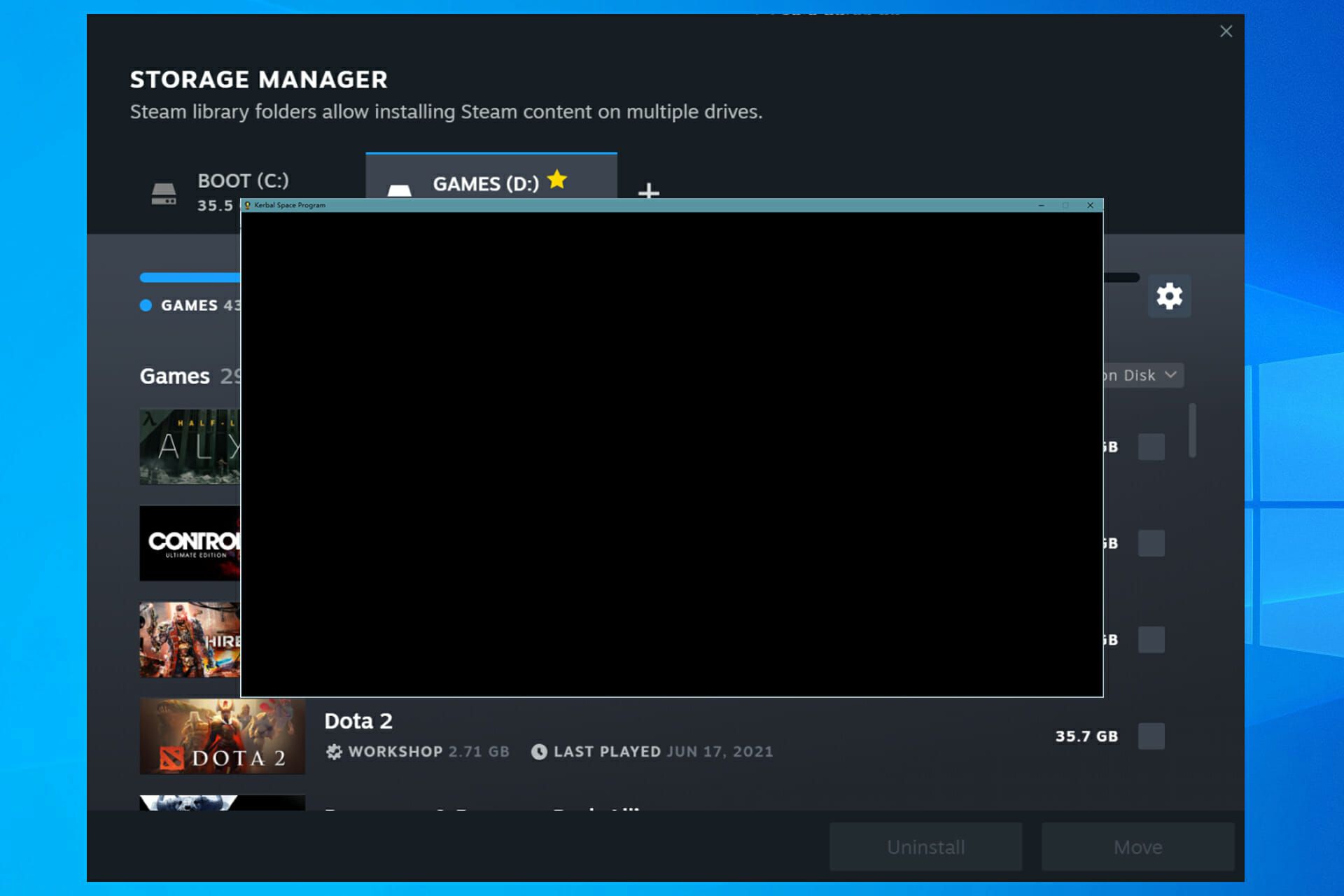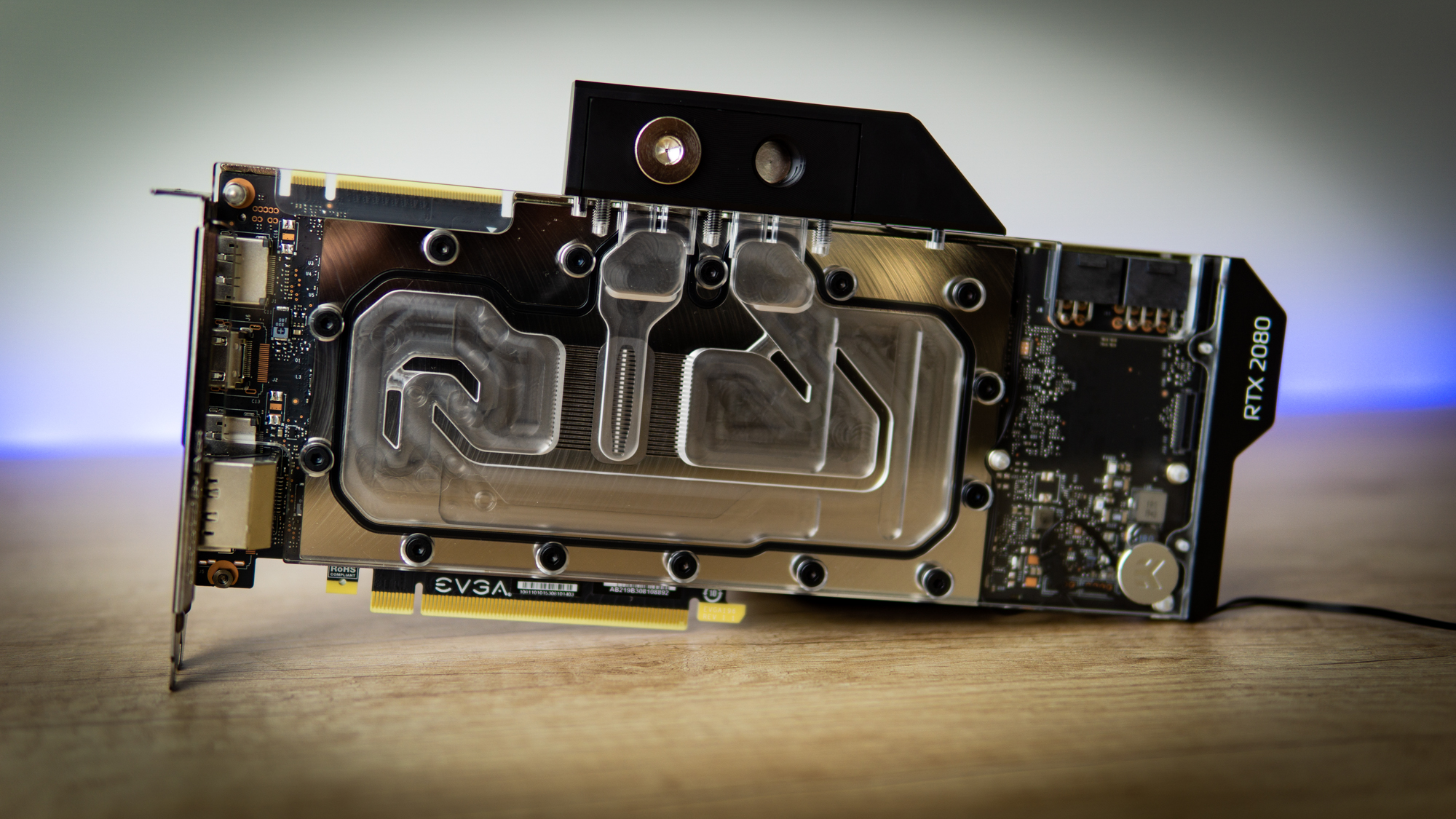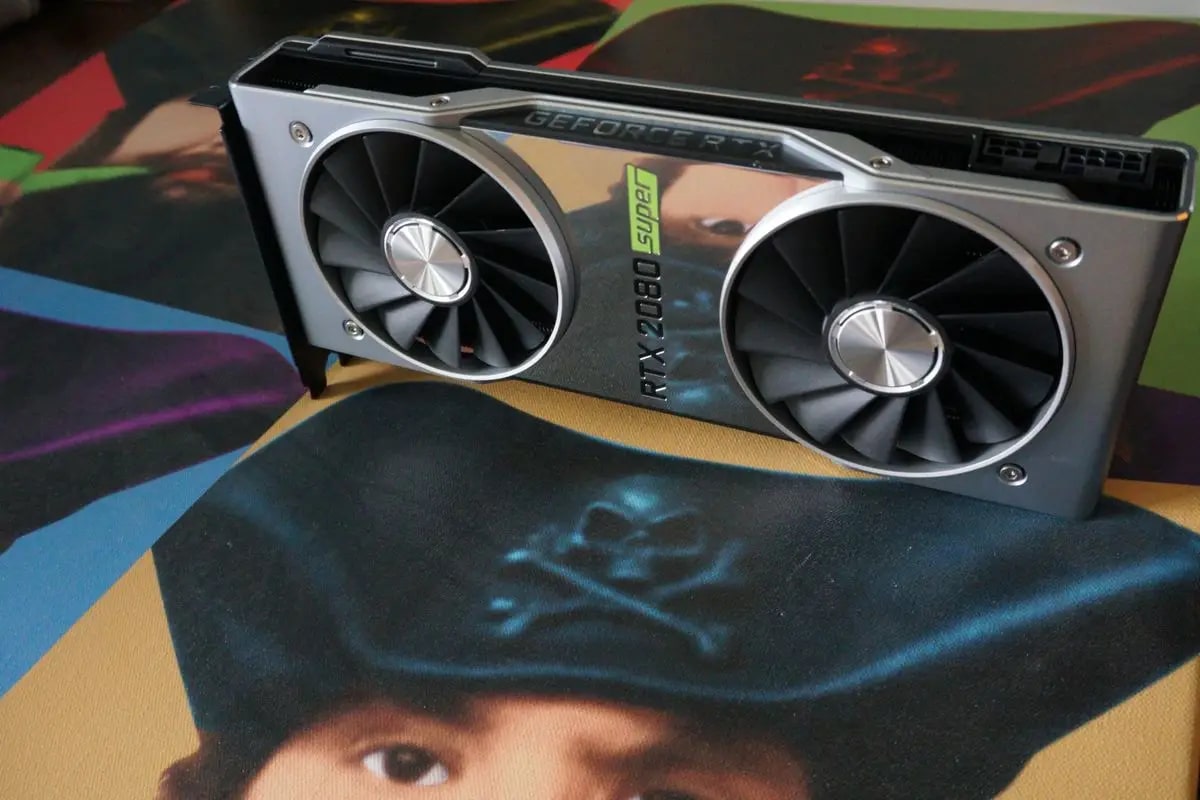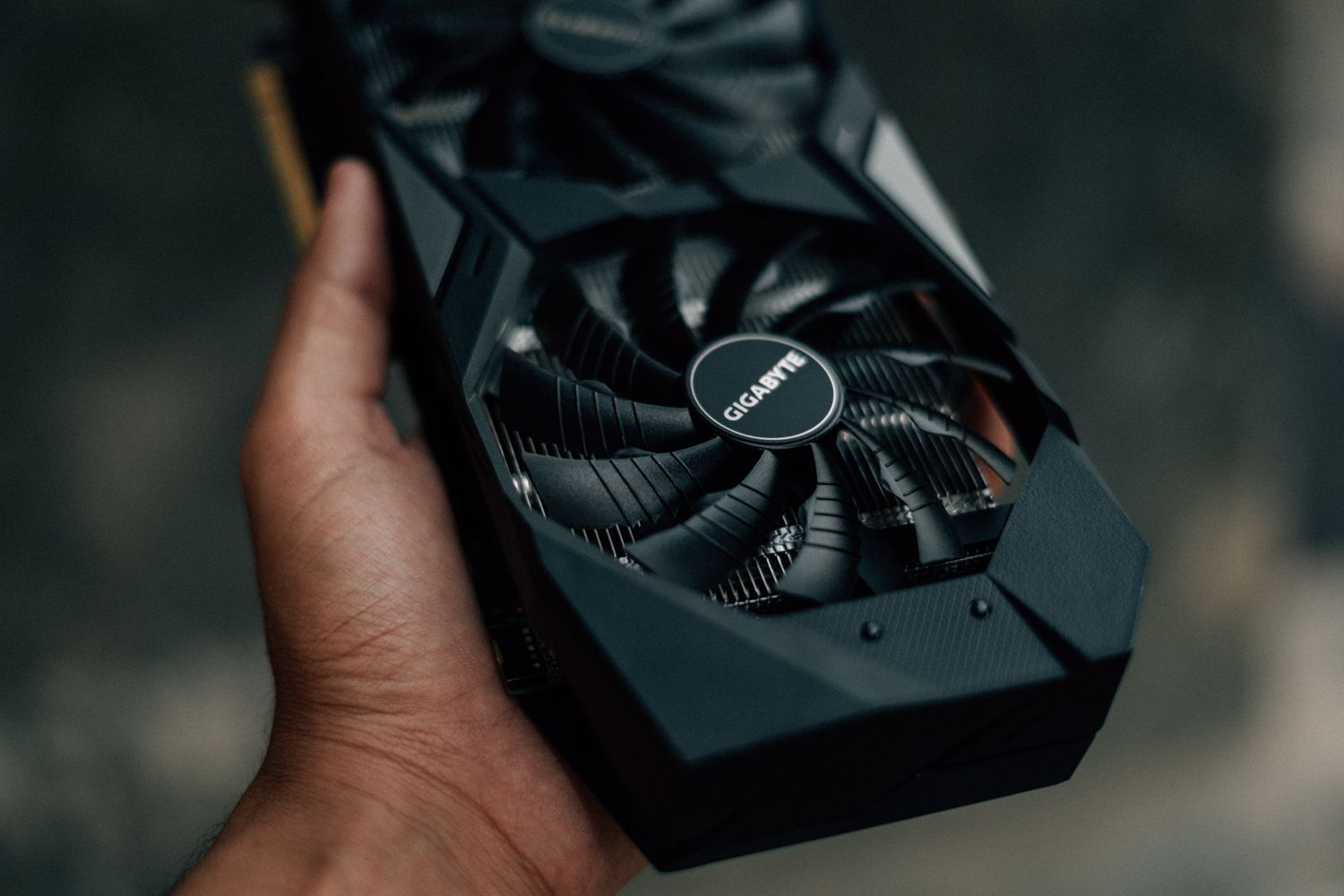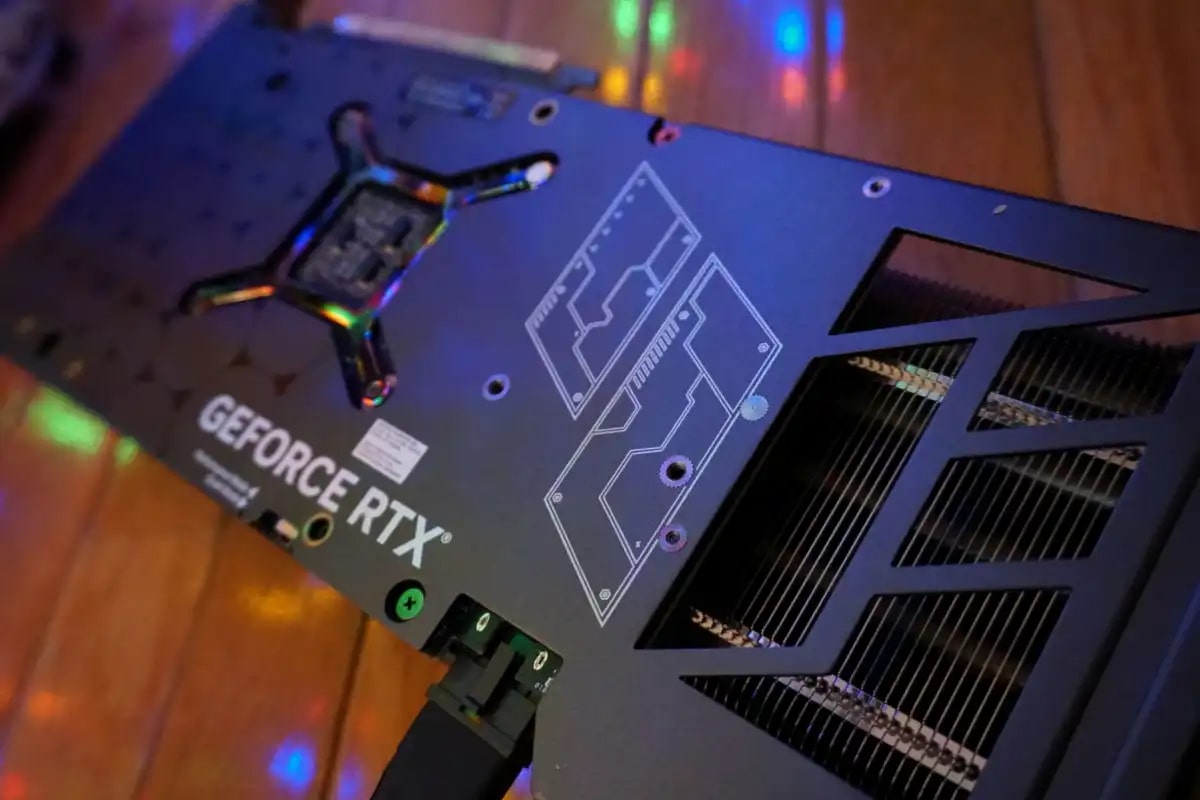Introduction
Checking your current graphics card drivers is an essential task for any computer user. Whether you’re a casual gamer, a graphic designer, or simply using your computer for everyday tasks, having up-to-date drivers ensures optimal performance and compatibility with the latest software and games.
Graphics card drivers serve as the communication bridge between your operating system and your graphics card. They enable your computer to render graphics, display images and videos, and perform complex calculations for various applications. Over time, graphics card manufacturers release updates that enhance performance, fix bugs, and improve compatibility with new software. Therefore, keeping your graphics card drivers up to date is crucial for smooth and efficient performance.
Fortunately, checking your graphics card drivers is a relatively simple process that can be done on different operating systems. In this article, we will explore various methods to check your current graphics card drivers on Windows, macOS, and Linux. Whether you’re a Windows user, a Mac aficionado, or a Linux enthusiast, there’s a method suited for your particular operating system. What’s more, we’ll also touch on using additional software that can provide comprehensive information about your graphics card drivers.
By understanding how to check your graphics card drivers, you can ensure that you have the most recent updates installed, gaining access to enhanced features, improved stability, and overall better performance. So, let’s dive into the different methods and find out how you can check your current graphics card drivers on your specific operating system.
Why is it important to check your current graphics card drivers?
Keeping your graphics card drivers up to date is essential for several reasons. Let’s explore why it’s important to regularly check and update your graphics card drivers.
1. Performance: Updated drivers often come with performance improvements, allowing your graphics card to run more efficiently. This can result in smoother gameplay, faster image rendering, and overall enhanced graphics performance.
2. Compatibility: Software and game developers frequently optimize their programs to work seamlessly with the latest graphics card drivers. By updating your drivers, you can ensure that you’re using the most compatible version for your system, minimizing glitches, crashes, and other compatibility issues.
3. Bug Fixes: Graphics card driver updates often address known issues and bugs. By installing the latest driver versions, you can fix graphical glitches, artifacts, random crashes, and other bugs that may arise during gameplay or when using graphic-intensive applications.
4. Security: Outdated graphics card drivers may be susceptible to security vulnerabilities. Manufacturers release driver updates not only to enhance performance but also to fix potential security flaws. Ensuring that you have the latest driver version installed can help protect your system from malicious attacks and maintain a secure computing environment.
5. Features and Functionality: Graphics card driver updates often introduce new features and improvements. By regularly checking for updates, you can take advantage of these enhancements, such as additional graphics settings, support for new technologies, and increased compatibility with the latest software versions.
By regularly checking and updating your graphics card drivers, you can unleash the full potential of your graphics card, ensuring optimal performance, compatibility, and security. It’s a simple yet crucial step that can significantly enhance your gaming experience, improve graphical performance in multimedia applications, and ensure that your computer is up to date with the latest software optimizations.
Method 1: Using Device Manager on Windows
One of the most straightforward methods to check your current graphics card drivers on Windows is by using the Device Manager utility. Here’s how you can do it:
- Press the Windows key + X on your keyboard and select Device Manager from the list of options.
- In the Device Manager window, expand the Display adapters category by clicking on the arrow next to it.
- You will see the name of your graphics card listed under the Display adapters category. Right-click on the name of your graphics card and select Properties.
- In the Properties window, navigate to the Driver tab. Here, you can view the driver version, driver date, and other relevant information about your graphics card drivers.
- If you want to update your drivers, you can click on the Update Driver button and follow the on-screen instructions. Windows will search for the latest driver updates and guide you through the installation process if any updates are available.
Using the Device Manager on Windows allows you to quickly check the current version of your graphics card drivers. It’s a built-in utility that provides basic information about your hardware, including the graphics card. However, please note that the Device Manager might not always have the latest drivers available. If you want to ensure that you have the most up-to-date drivers, you may need to visit the manufacturer’s website or use additional software.
By regularly checking and updating your graphics card drivers using the Device Manager, you can ensure that you have the latest updates installed, benefiting from improved performance, bug fixes, and enhanced compatibility with the latest software and games.
Method 2: Using System Information on Windows
Another method to check your current graphics card drivers on Windows is by using the System Information utility. Here’s how you can do it:
- Press the Windows key + R on your keyboard to open the Run dialog box. Type msinfo32 and press Enter.
- The System Information window will open, displaying detailed information about your computer’s hardware and software. On the left-hand side, expand the Components category and select Display.
- In the Display section, you will find all the information related to your graphics card, including the adapter name, driver version, and driver date.
- You can also find additional information by expanding the Software Environment category and selecting System Drivers. Look for the drivers related to your graphics card to gather more details.
Using the System Information utility provides you with a detailed overview of your system’s hardware and software configurations, including your graphics card drivers. It’s a useful tool to check the driver version, date, and other relevant information in a centralized location.
While the System Information utility offers comprehensive details about your graphics card, it doesn’t provide an option to update your drivers directly. If you want to install the latest driver updates, you may need to visit the manufacturer’s website or use specialized software that can automatically detect and update your graphics card drivers.
By using the System Information utility on Windows, you can quickly check the current version of your graphics card drivers and gather detailed information about your system’s hardware and software configurations. Regularly checking for updates and ensuring that you have the most recent drivers installed can help optimize your system’s performance, improve compatibility, and ensure a seamless computing experience.
Method 3: Using System Report on macOS
If you’re using a macOS system, you can check your current graphics card drivers by using the System Report feature. Here’s how you can do it:
- Click on the Apple icon in the top-left corner of the screen and select About This Mac from the drop-down menu.
- In the About This Mac window, click on the System Report button.
- The System Information window will open, providing an in-depth overview of your Mac’s hardware and software. In the left sidebar, click on Graphics/Displays.
- On the right-hand side, you will see detailed information about your graphics card, including the model name, vendor, and driver version.
Using the System Report on macOS offers a convenient way to access information about your graphics card and its associated drivers. It provides essential details that can help you identify the current driver version and ensure that you have the latest updates installed.
While the System Report provides excellent information, it doesn’t include a direct option to update your graphics card drivers. To install the latest driver updates, you will need to visit the manufacturer’s website or utilize specialized software that can automatically detect and install the most up-to-date drivers for your graphics card.
By using the System Report feature on macOS, you can easily check your current graphics card drivers and gather detailed information about your system’s hardware configuration. Regularly checking for driver updates and keeping your graphics card drivers up to date is vital for optimal performance, compatibility, and stability in various applications and tasks.
Method 4: Using Terminal on macOS
For more advanced users who prefer using the command line interface, you can check your current graphics card drivers on macOS using the Terminal. Here’s how you can do it:
- Open the Terminal application on your macOS system, which can be found in the Utilities folder within the Applications folder.
-
Type the following command in the Terminal window:
kextstat | grep -i "AMD\|NVIDIA\|Intel" - Press the Enter key to execute the command. The Terminal will display information related to the graphics card drivers installed on your system, including the driver bundle IDs and versions.
Using the Terminal provides a more technical approach to check your graphics card drivers on macOS. It allows you to access detailed information directly from the command line interface, which can be helpful for troubleshooting or verifying specific driver details.
While the Terminal can provide you with information about your current graphics card drivers, it doesn’t offer a built-in option to update the drivers. To install the latest driver updates, you will typically need to visit the manufacturer’s website or use specialized software designed for driver updates.
By utilizing the Terminal on macOS, you can quickly check the current version of your graphics card drivers and obtain detailed information about the driver bundle IDs and versions. This method is particularly useful for users who prefer using the command line interface or require more in-depth information about their graphics card drivers.
Remember to regularly check for driver updates and keep your graphics card drivers up to date to ensure optimal performance and compatibility with the latest software and applications.
Method 5: Using Command Prompt on Linux
If you’re using a Linux operating system, you can check your current graphics card drivers by using the command prompt. Here’s how you can do it:
- Open the command prompt on your Linux system. The method to access the command prompt may vary depending on your Linux distribution. Common shortcuts include pressing Ctrl + Alt + T or searching for “Terminal” in the application launcher.
-
In the command prompt, type the following command and press Enter:
lspci -nnk | grep -i vga -A 3 - The command prompt will display information related to your graphics card, including the vendor, model, and driver in use.
-
You can also use additional commands to gather more details. For example, you can use the command
glxinfo | grep "OpenGL version"to check the OpenGL version supported by your graphics card.
Using the command prompt on Linux allows you to quickly obtain information about your current graphics card drivers. It provides a command-line interface for accessing detailed system information, including the graphics card model, driver version, and OpenGL support.
While the command prompt can provide you with information about your graphics card drivers, it typically doesn’t include a built-in option to update the drivers directly. To install the latest driver updates, you will generally need to use your Linux distribution’s package manager or follow the manufacturer’s instructions for driver updates.
By using the command prompt on Linux, you can easily check your current graphics card drivers, gather detailed information about your graphics card, and verify OpenGL support. Keeping your graphics card drivers up to date is crucial for optimal performance, stability, and compatibility when using Linux-based systems.
Method 6: Using Additional Software
In addition to the built-in methods provided by operating systems, there are various third-party software applications available that can simplify the process of checking and updating your graphics card drivers. These software utilities provide a comprehensive view of your system’s hardware configuration, including detailed information about your graphics card and its associated drivers.
One popular example of such software is GPU-Z. GPU-Z is a lightweight and user-friendly application that allows you to monitor and analyze your graphics card’s performance and specifications. It provides real-time information about GPU clock speeds, memory usage, temperature, and, most importantly, the current version of your graphics card drivers.
To use GPU-Z, simply download and install the software from the official website. Once installed, launch the application, and you will find a wealth of information about your graphics card in an intuitive and easy-to-read interface. You can view details such as the graphics card model, vendor, BIOS version, driver version, and much more.
Another useful software for checking and updating graphics card drivers is DriverEasy. DriverEasy is a powerful tool that scans your computer for outdated or missing drivers and provides a simple and straightforward way to update them. It offers a vast database of drivers for various hardware components, including graphics cards.
To use DriverEasy, download and install the software from the official website. Launch the application, initiate a scan, and it will detect any outdated or missing drivers on your system, including your graphics card drivers. You can then choose to update the identified drivers with a few simple clicks, saving you time and ensuring that you have the most recent drivers installed.
By using additional software such as GPU-Z or DriverEasy, you can streamline the process of checking and updating your graphics card drivers. These tools offer a convenient way to access detailed information, monitor performance, and easily update drivers with just a few clicks.
Remember to download such software from trusted sources and exercise caution when installing any application to ensure the security and stability of your system. Regularly checking and updating your graphics card drivers using additional software can help optimize performance, enhance compatibility, and ensure a smooth computing experience.
Conclusion
Checking your current graphics card drivers is an important task that can optimize your system’s performance, improve compatibility, and ensure a smooth computing experience. Whether you’re a gamer, graphic designer, or everyday computer user, staying up to date with the latest graphics card drivers is crucial.
In this article, we explored various methods to check your current graphics card drivers on different operating systems. On Windows, you can use the Device Manager or System Information utility to obtain basic information about your graphics card drivers. On macOS, you can use the System Report or the Terminal to gather detailed information about your graphics card drivers. On Linux, using the Command Prompt allows you to quickly access information about your graphics card drivers.
Additionally, we discussed the use of additional software such as GPU-Z and DriverEasy, which provide a more comprehensive view of your graphics card and simplify the process of checking and updating your drivers.
Regularly checking for driver updates and keeping your graphics card drivers up to date is essential for optimal performance, stability, and compatibility with the latest software and games. Stay informed about new driver releases from your graphics card manufacturer and take advantage of the features, bug fixes, and performance improvements they offer.
Remember, always download drivers and software from trusted sources and exercise caution to ensure the security and stability of your system. By staying proactive in maintaining your graphics card drivers, you can maximize your system’s potential and enjoy a seamless computing experience.







